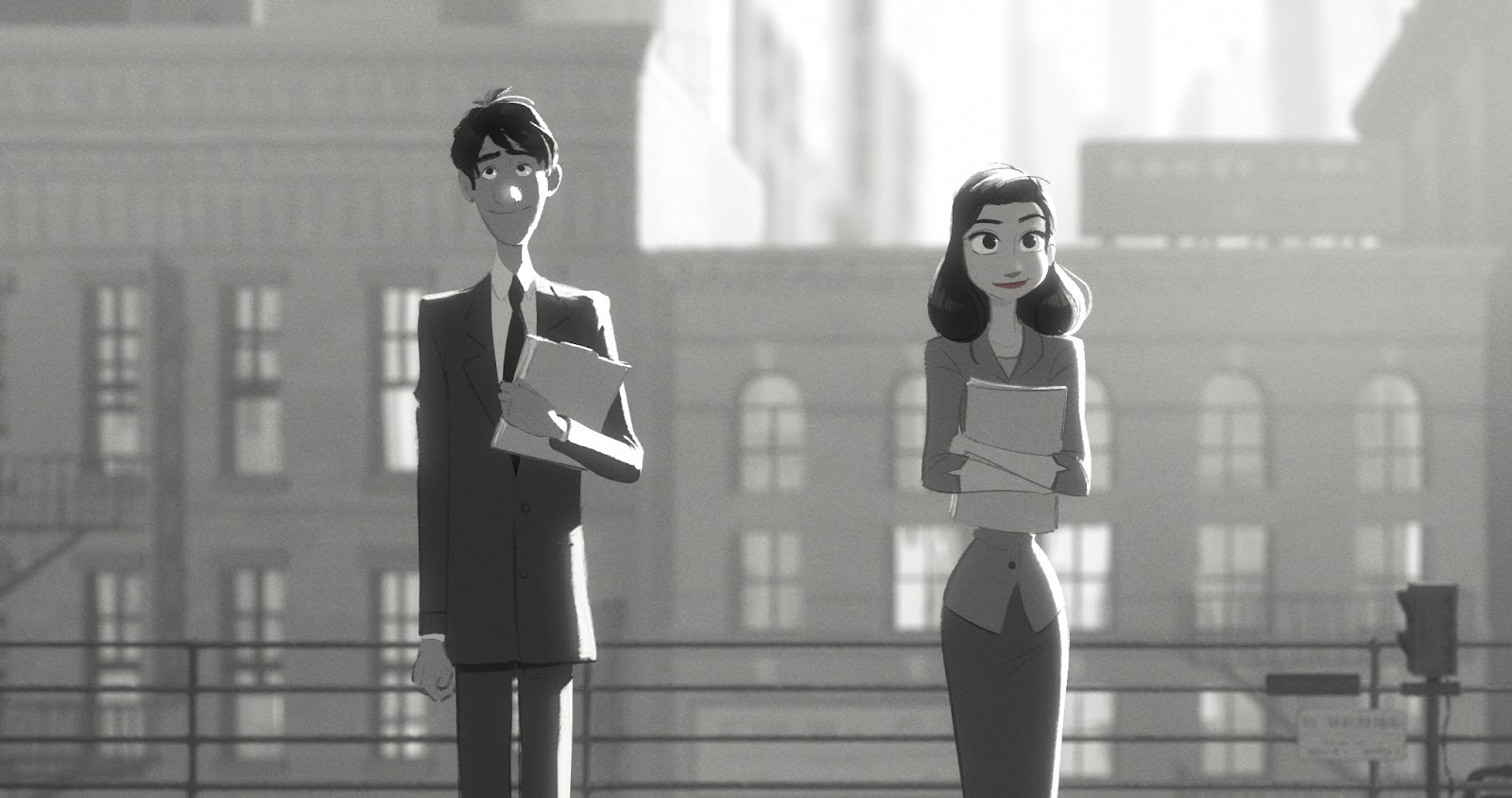Nowadays, our capacity to endure longer and longer films has increased hugely. Whilst most mainstream movies run in somewhere around the 90 minute mark, a number of movies here and there have gone against the grain. Where long films used to be confined to the festival and art house film circuit, a number of big Hollywood releases have had extended run times, keeping their audiences captive for up to three hours at a time. The Hobbit: The Battle of the Five Armies, The Hunger Games: Mockingjay and Interstellar have all boasted swollen run times, proving more than ever that, if the fans want it, they can endure any length of time in the cinemas. What’s more, triple feature viewings to mark the releases of the new Hobbit and Hunger Games films have seen audience members flocking to sit in the cinema for more than 6 hours at a time. Proof, then, that it is not the time that matters in a film but rather, whether or not it can captivate its audience. The more entertaining, the longer the audiences will be willing to watch.
On the other end of the spectrum, the short film has an entirely different task at hand. Squeezed into what, comparatively, seems like a matter of moments, the short film has to captivate its audience and spell out an entire narrative in less time than it would take a long film to complete one scene. Length aside, the job of the short film is no different to that of the feature; it must still develop characters, make sense and ultimately, move the audiences to care about what they see unfolding on scene. An introduction for many filmmakers to the film industry, the short film can teach novices priceless information about how to work a movie.
Most film festivals have a short film section, the entries made from first time filmmakers looking to make their mark on the movie circuit. Filmmakers like David Lynch, Wes Anderson and Jim Jarmusch still look to the short film as a mean of presenting and developing some of their initial ideas. And indeed, some of our best loved film moments can be found in shorts or film vignettes, the brief exploration of an idea staying with us longer due to its intensity.
Since Pixar began showing a short before their feature films, mainstream audiences have lapped them up with glee. In some cases, viewers have claimed to have enjoyed the short before the feature more. And if there are masters of the stop motion short, then surely they are Aardman. Starting with the Wallace and Gromit series, Aardman have since migrated into the feature film, painstakingly manipulating miniature characters over months and years. The Wallace and Gromit films are so successful because they appeal to so many different viewers and their short length makes them the perfect cinematic introduction for young viewers. The Wrong Trousers (for those who don’t know it) features inventor Wallace and his sensible dog Gromit as they try their hand at another invention. The pair are targeted by a sly jewel thief and soon, it looks like it could be a pickle too far for them to crawl out of. The film is completely silly but hugely entertaining, not least because of the incredible detail stuffed into each scene. The sheer volume of work put into the film is astounding; it’s hard to comprehend how animators would have time to make a feature film. The short is a great homage to film, referencing countless movies and moments in cinema history in its brief running. Wallace and Gromit films are a true delight and when you’ve seen one, you will be left wanting for more.
On the slightly more adult end of the spectrum is Jim Jarmusch, who has ventured into the world of shorts with his Coffee and Cigarettes series. Originally made as individual episodes, the entire series was released as a feature film, dipping in and out of Jarmusch’s weirdly constructed film world. The episodes of the film look at Tesla, the dangers of smoking, (un)identical cousins and Elvis’s evil twin, all linked by their protagonists consumption of coffee and cigarettes. The shorts work as effective introductions to Jarmusch’s work, giving the viewer enough of a sense of his work without fully immersing them in his world.
Disney released a hugely popular short on Youtube in 2012, featuring their new animation technology. Paperman is a black and white animation which follows a morning commuter as he tries to find the pretty girl he saw on a train that morning. The film is deceptively simple but hugely affecting. In the most minute film details, a film world is created before your eyes and it is only with repeat viewings that you can detect more and more. Paperman shows how the short film can present you with a single idea and develop it in ways unimaginable.
Some short films are used to tie up loose ends made by feature films. Wes Anderson’s Hotel Chevalier acts out a story told by one of the characters in The Darjeeling Limited. Starring Natalie Portman and Jason Schwartzman, the film plays out the last moments of a tumultuous couple’s relationship. In true Wes Anderson style, the film is stylised to the point of obsession, immaculately symmetrical and very specifically offbeat. Whilst not integral to the main film’s plot, the shot expands the characterisation of the first film, allowing us to validate some of the claims made by Schwartzman’s jilted brother.
Short films are something that we should continue to champion. Compact, imaginative and narratively rich, they allow us to think about an idea without being subjected to a full blown feature film. Shorts spark imagination precisely because they give us the room to go and think about the film’s idea. Through short films, our eyes can be opened to countless possibilities. Shorts make filmmakers out of us all, pulling us closer and introducing us to the world of film.

